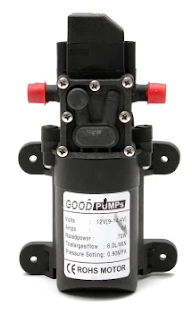FINAL FYP BRIEFING
The last briefing was conducted at usual place, TTL 1 and the attandance is compulsory. The briefing was conducted by Dr. Zulhilmi Mustafa.
The briefing is about :
- Progress Report
- Proposal Presentation
- Proposal Report
Progress Report should be decide, whether want to use logbook or blog. My supervisor prefer me to use blog.
In Proposal Presentation, student should follow the format in preparing slide. Make sure all important point are in the slide according to the marking scheme. Student should wear proper attire.
Proposal Report will consists of content, abstract, preliminary result, conclusion and reference.
Student should follow all the thing that have been brief in Fyp briefing to avoid any problem during presentation day and during submitting progress & proposal report.
LITERATURE REVIEW
Journal 3
This week I want to share about Arduino.
This week I want to share about Arduino.
Arduino is an open-source platform used for building electronics projects. Arduino consists of both a physical programmable circuit board (often referred to as a microcontroller) and a piece of software, or IDE (Integrated Development Environment) that runs on computer, used to write and upload computer code to the physical board.
The Arduino platform has become quite popular with people just starting out with electronics, and for good reason. Unlike most previous programmable circuit boards, the Arduino does not need a separate piece of hardware (called a programmer) in order to load new code onto the board - can simply use a USB cable. Additionally, the Arduino IDE uses a simplified version of C++, making it easier to learn the program. Finally, Arduino provides a standard form factor that breaks out the functions of the microcontroller into a more accessible package.
Credit to : Motaz Daadoo and Yousef-Awwad Daraghmi (July 2017) "Smart Water Leakage Detection using Wireless Sensor Networks (SWLD)."
Credit to : Motaz Daadoo and Yousef-Awwad Daraghmi (July 2017) "Smart Water Leakage Detection using Wireless Sensor Networks (SWLD)."
VIDEO



